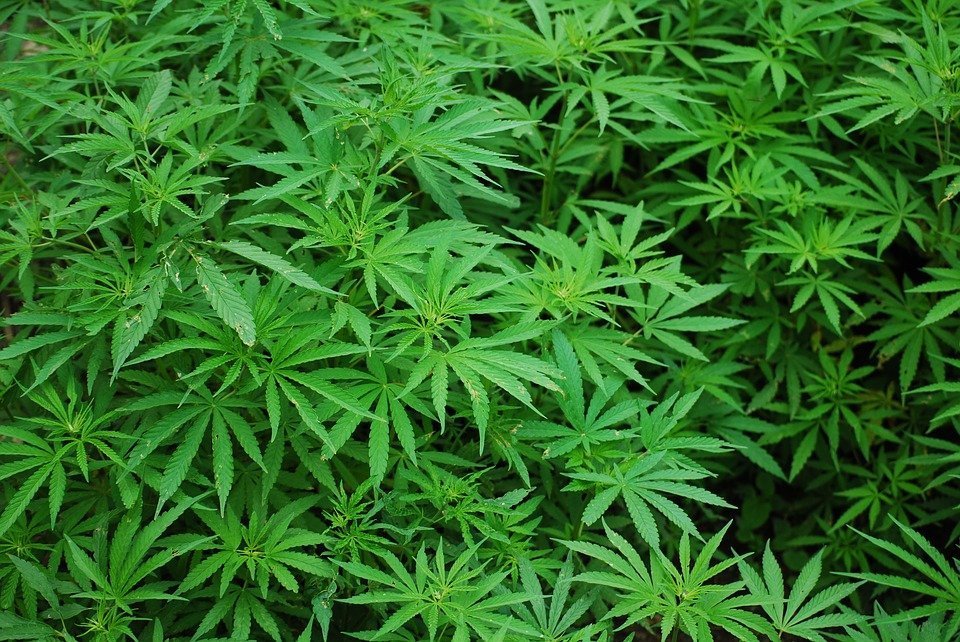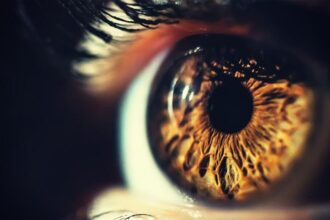What role does marijuana play during adolescence in gender dysphoria?
These two issues might seem unrelated, but I believe I am seeing a relationship between marijuana use and gender dysphoria in the work I do with gender dysphoric youth.
I am a counsellor practicing online who offers support to people who have detransitioned or are trans ideating. In some cases, I also support trans people who seek coaching toward self-actualization. I have been running a support group for detransitioning people since 2023.
In 2024 I presented feedback to a conference in Lisbon from the detrans people in my support groups. In that report I noted that: “Excessive use of marijuana is quite common, often as a coping mechanism when transition does not deliver the euphoria promised. The dangers of this substance if used repeatedly and chronically are well known. Cannabis has severe and long-lasting effects on the brain. It seems to be used to dampen existential anxiety in the absence of libidinal energy. During puberty this can be catastrophic. The adolescent will sink further into black and white thinking, they will fail to develop executive functions, feel ever more incompetent and the fear of failure will escalate”.
Generally, libidinal energy properly understood is life-energy. Although originating in Freudian and Jungian frameworks, it relates to existentialism and evolutionary psychology ideas where healthy anxiety is a necessary driver of self-actualization. But today we have extrinsically manufactured anxiety initiated by others to drive consumption for profit. For example, “you’re not good enough” pushed by marketing and social media. This pollutes ‘healthy’ anxiety making us start to drain libido; life energy is usurped by mindless consumption and meaningless goals. Existential anxiety increases due to the ‘unlived life’, where we begin to dissociate from our lives.
Therefore, anxiety (now polluted to be toxic) increases, libido drops, revealed by a drop in sexual energy. This drop or misallocation of sexual energy is peripherally sensed by our youth who are also developing sexually later than previous generations. Either way, they would need evidence of libido from parents to develop along healthy sex orientated lines and create appropriate targeting of their libido. We are seeing people with very distorted sexual targeting, sexualizing digital anime, stuffed toys or themselves. Removing healthy libido is like trying to grow a sunflower in artificial light; it will never face the sun. Trans ideology is a politically driven fantasy that mimics libido, so they turn toward it while adopting the persona of whoever they believe is the sun, slowly luring them into a type of ‘hydroponic chamber’ where all their needs are met but they never leave the room.
Studies have repeatedly shown marijuana’s impact on adolescent brain development. One found that “cannabis use during adolescence was associated with alterations in brain function…executive functioning, emotional reactivity and regulation, and processing of rewarding stimuli”. Another showed “long-term functional alterations following adolescent cannabis use…impacts neurodevelopmental processes and behavior by durably changing dendritic structure and synaptic functions, including those normally mediated by endogenous cannabinoids and neuronal circuits.” I could go on about this research, but I want to introduce other outcomes I have witnessed that the studies may not always capture.
When we work with people in counselling and coaching, we aim to activate self-actualization. But as Scott Barry Kaufman’s Sailboat metaphor shows us, we need our security needs met before we can grow. Self-esteem, connection and security precedes exploration, love and purpose in the journey of becoming fulfilled. We already know that marijuana interferes with neurology. The endocannabinoid system impacts intrinsic mood regulation, stress response & resilience, memory formation and extinction, motivation and reward, social connection and empathy.
But here is the conflict with extrinsic cannabinoids; endocannabinoids are produced on demand, not stored like other neurotransmitters. When your body senses imbalance (e.g., stress, injury), it releases endocannabinoids to restore equilibrium. They bind to CB1 or CB2 receptors depending on where the issue is, and once their job is done, enzymes break them down. So, what could go wrong if we are artificially introducing cannabinoids daily?
One can see that you would be artificially subduing existential anxiety, essential stress, and motivational levels of frustration. You are introducing a powerful psychological relaxer, or sedative when there is no crisis. You are disabling the crisis detection system. Inadvertently you also shut off the baseline levels of healthy stress and existential anxiety that drive motivation and self-actualization. You disable the libido. One could argue that we do this all the time with alcohol, but alcohol does not contain a bioidentical neurological compound. Marijuana affects dopamine, serotonin and GABA, shrinks the brain and leads to permanent changes in adolescent brains. It also increases risk of cannabis use disorder and psychosis, particularly with high-potency products that are common, and even legal in some places today.
The research of adolescent marijuana abuse is unambiguous.
- Decline in IQ and executive function with early, frequent use
- Increased risk of psychosis, especially in genetically predisposed individuals
- Higher likelihood of cannabis-use disorder, anxiety, and depression
- Long-term impairments in memory, attention, and motivation
- Reduced grey matter volume in the prefrontal cortex and hippocampus.
- Altered white matter connectivity, impairing communication between brain regions
- Disrupted synaptic pruning affecting learning and emotional regulation
- Accelerated cortical thinning, linked to anxiety, depression, and cognitive deficits.
When we apply this to gender dysphoric youth, we find people who are more vulnerable to black-and-white thinking, emotional reactions and confused perceptions of anxiety. They begin to practice attribution errors, where they incompetently attribute emotions to perceptions, they begin to believe that how they feel is really caused by how they look. This could even be a desperate attempt by the brain to restore or reset environmental factors. We know that evolutionary psychology predicts that we will sometimes self-sabotage in a last gasp attempt to reboot our circumstances by disrupting interactions. After all, it is not just the environment, but how we interact with it that determines outcomes. Indeed, the informed reader might recognise the distorted idea which manifests as a client-led medical model that says “better a live daughter, than a dead son” which has driven the affirmation model currently destroying lives of anyone who mentions gender dysphoria in a moment of confusion.
Finally, adults must look in the mirror. What have we done with our own lives that is telling an entire generation it might be better to endure radical medical procedures than mature into autonomous adulthood. I have found some parents of trans ideating youth are themselves abusing legal and illegal substances, running from the life they were meant to live, or mindlessly consuming and practicing the 3Ds; deflect deny and delay. In existential psychology we intuitively understand that these strategies lead to rampant anxiety and distress. When you consider that most people cannot distinguish feelings from emotions, let alone ‘dysphoria’ from genuine distress, anxiety or frustration, you begin to see how ‘dysphoria’ has become a naïve catch-all term. Many people I meet who live in the west, are consumers being consumed, avatars for algorithms, or self-indulging instead of invigorating the Self.
Some of the youth I deal with, who are certainly not a sample of the majority, have been afflicted with a social disease of nihilism in the absence of noble goals in western culture. They are simultaneously allowed, even enabled to develop slower but are then pathologized for that slow progress. We have labels for everything, and labels can unlock resources, developing minds are drawn to resources. They are incessantly fed dystopian narratives, climate change, political division, racism and economic meltdown. Yet we wonder why they have no hope and are unable to delay gratification. In this story, marijuana is the pied piper, leading the blind into the abyss. With ethical care and responsible parenting, we can reverse this decay and salvage some of the brightest souls among us.
Angelo Vincent Deboni is a registered professional counsellor who is based in Sweden.








